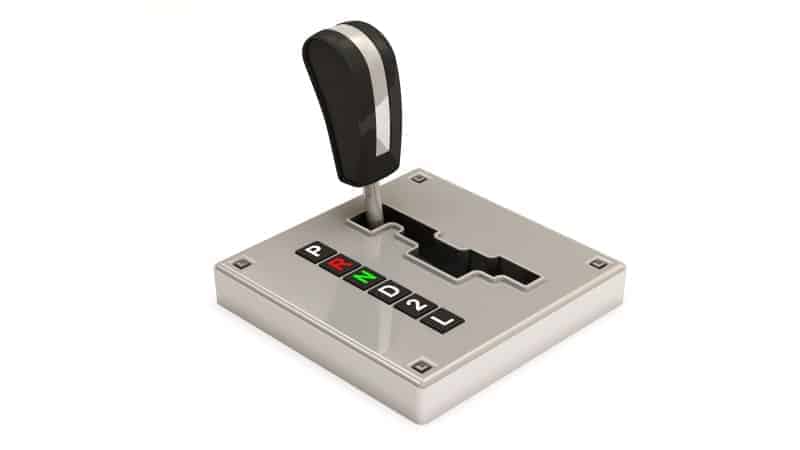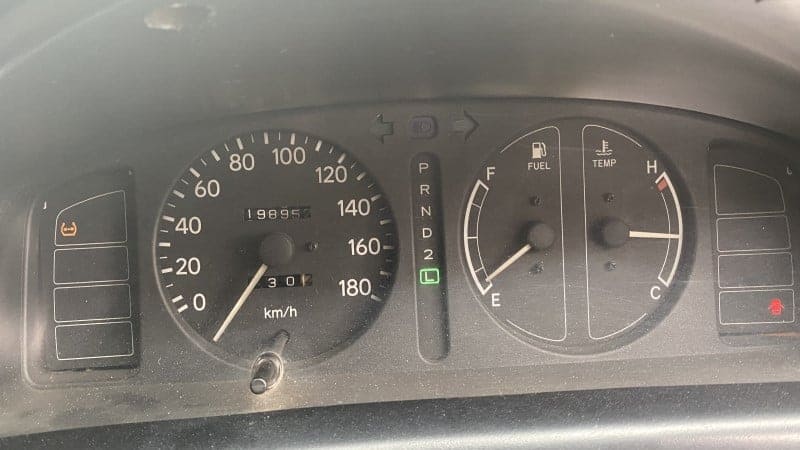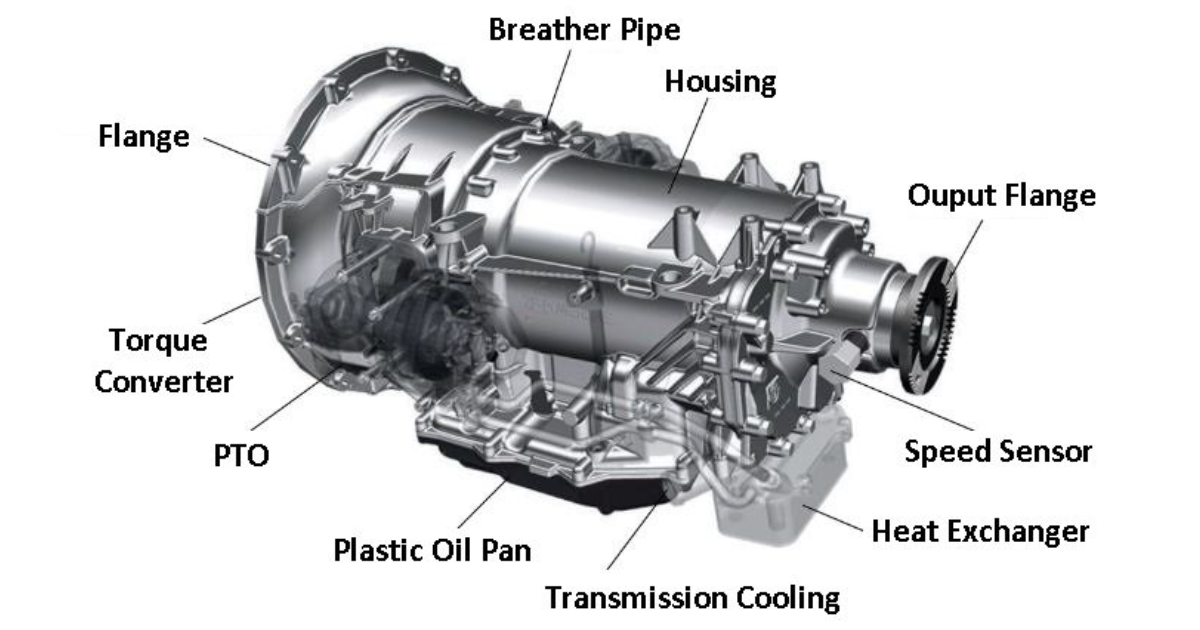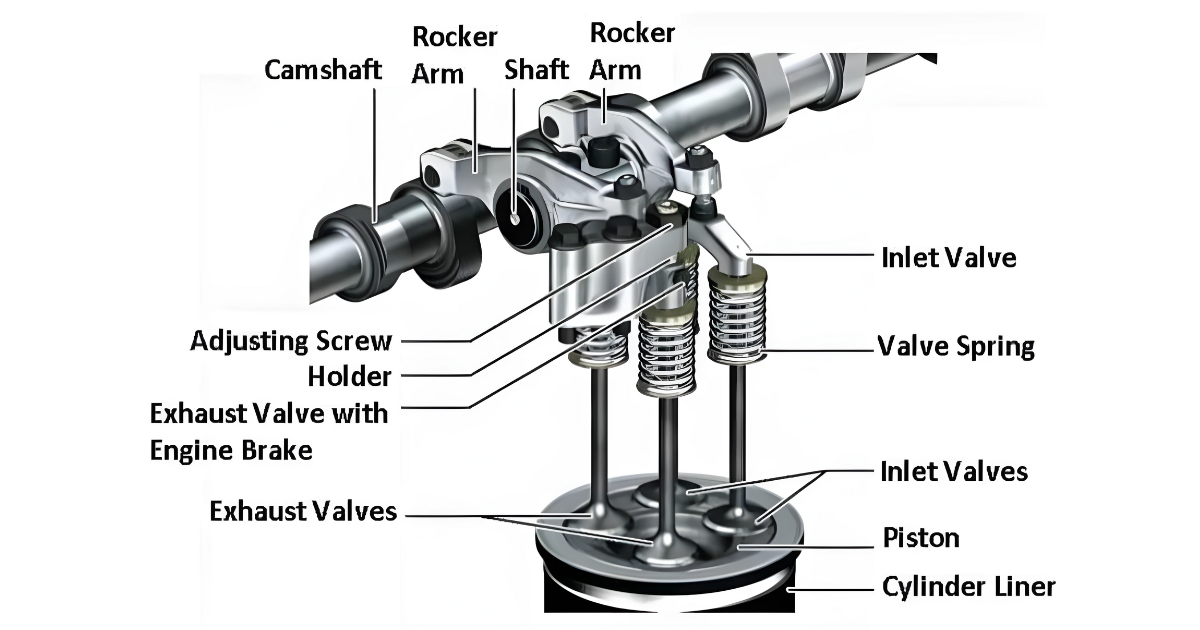Have you ever been in a position where you were driving down a slope and the engine suddenly died? Those who have been there probably put the car in the wrong gear to go up the hill, which meant the engine wasn’t powerful enough.
Vehicles with automatic or manual transmissions can be equipped with a variety of gear levels to provide drivers with optimal performance in any situation. But if you aren’t familiar with the functions of the different gear settings, you might not have the most enjoyable driving experiences. When driving uphill or on steep hills, use the L gear. “What does L mean on a car?” is a natural question to ask.
What does L mean on a Car?

As you may have seen, your automatic transmission uses a number of letters and numbers, including PRNDL. Most drivers know that the letters P, R, N, and D stand for park, reverse, neutral, and drive, respectively. Not everyone is familiar with the meaning of the letter L or when to use the L gear in an automatic transmission vehicle.
“What does L mean on a car engine?” is a question that many of people ask. A car’s engine receives less fuel and more torque when the transmission is in “low gear,” which is the first or second speed. When you shift into low gear, your vehicle’s engine receives more power instead of speed, which helps it overcome challenges like bad road conditions and driving uphill or steep hills.
Even if your vehicle has an automatic gearbox, you should still be prepared to change into low gear in an emergency and not fixate on driving in D the whole time.
Driving on a flat, level road requires less effort than climbing uphill. Because of the higher torque and force provided by low gear, your automatic car can travel steadily uphill or downhill. When you wonder, “What does PRNDL stand for?” You have found the answer to your inquiry in the data that is provided above.
For the most fun and safest driving experience possible, you should be familiar with when and where to swap gears to suit different situations.

Conclusion
Whether you’re driving on a flat, level road, a steep incline, or anything in between, sticking to one gear can put you and your automobile in risk. A variety of driving sensations can be catered to by the various gear levels.
The question “What does L mean on a car?” should no longer be on your mind after reading this. As you drive, you must constantly adjust your car’s gears to fit different situations. Instead of worrying about sudden repairs, you might enjoy your vehicle for its whole duration.




